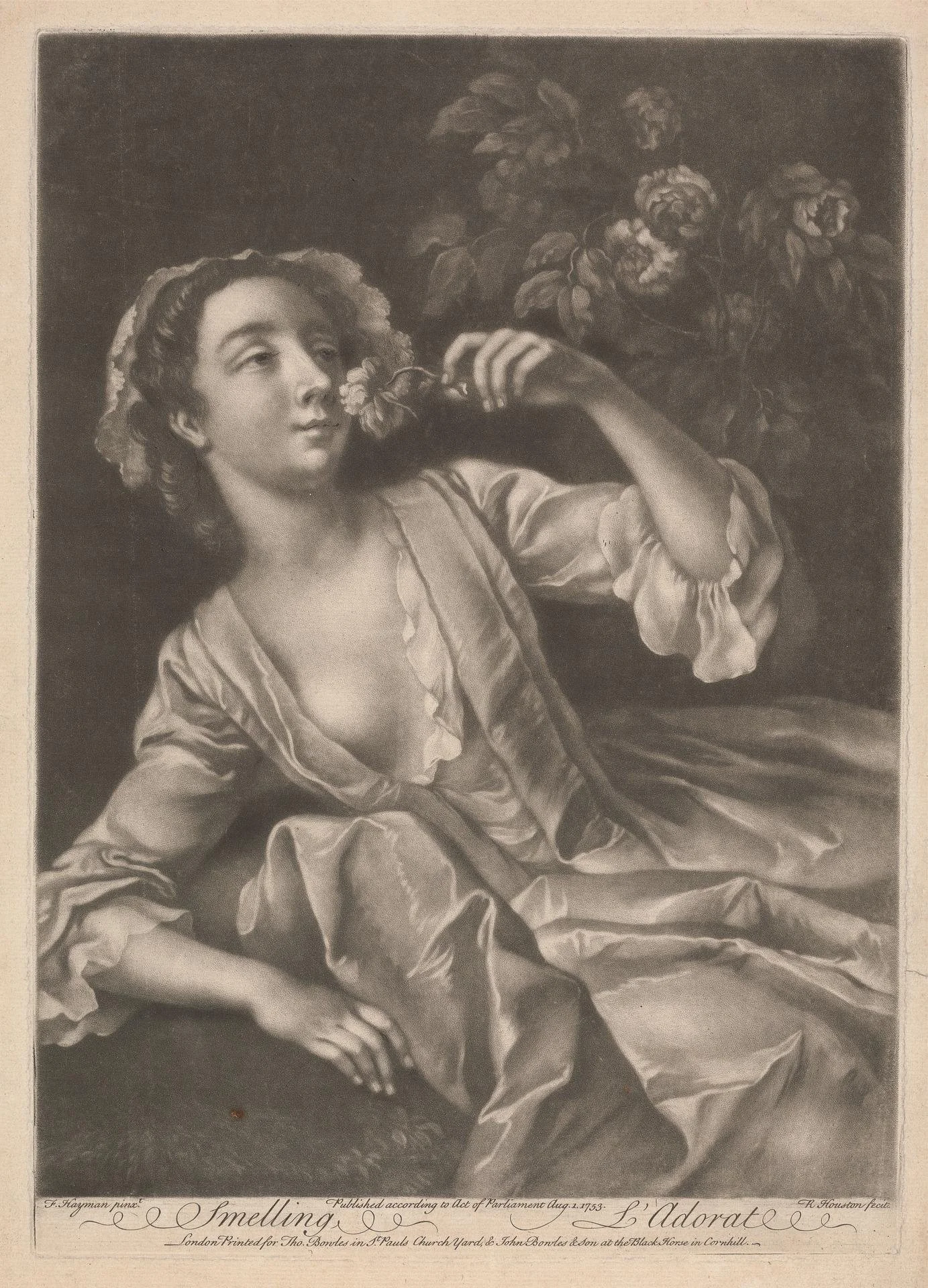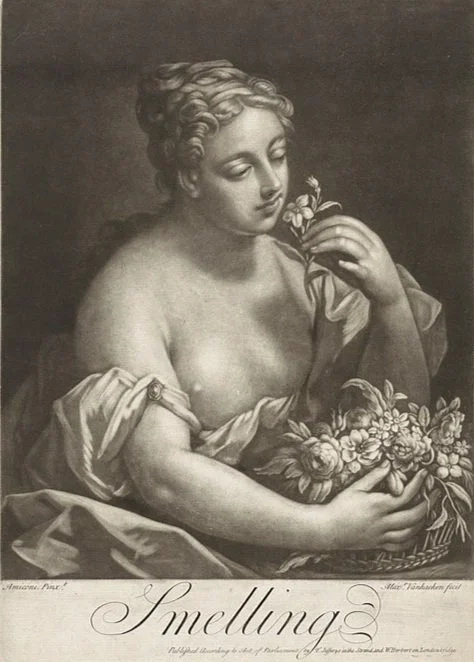
Making Sense of the Past:
An Introduction to Sensory History
Seeing, hearing, touching, tasting, smelling—we’re taught at an early age that these five senses are our only means of experiencing the world around us.
But our sensorial world may not be so straightforward; while the human body hasn’t changed dramatically over the past few centuries, the way we’ve conceptualized these senses and put them to use has varied widely across cultures and time periods.
Join historian Carolyn Purnell for a journey through sensory history—visiting Victorian animal eating clubs, checking out 18th-century perfumes, and exploring the world of artificial flavors along the way. Over the course of four weeks, we'll discuss how people in the past thought about the senses, what values they attached to different sensations, how they perceived new sensory experiences, and why their experiences still matter. By looking at the sensory worlds of the past, you’ll also be invited to think about the environments we inhabit today. What assumptions do we make? What experiences do we take for granted? In what ways have our senses improved our lives, and in what ways might we benefit from taking the practices of the past to heart?
This 4-part lecture series traces the history of how people have understood their senses—and through them, their worlds.
-
Session 1: What Is Sensory History?
Traditionally, history charts the major changes that have occurred over time; extraordinary events appear front and center. But if you were to look back on your life, you’d probably remember the song that was playing during your first kiss, the pleasure of summer tomatoes, or the smell of morning coffee just as strongly as large historical events. In this session, we’ll discuss what sensory history is, why it matters, and how it helps us zero in on the power of daily life and physical experience.
-
Session 2: The Changing Sensorium
Here’s a seemingly simple question: how many senses are there? For most people, the gut reaction would be five, but in the 18th century, many philosophers argued for six, seven, or eight. Today, scientists have identified up to 33 different senses, and sensory anthropologists have shown that different cultures have radically different concepts of the sensorium. So, what makes a sense a sense? How did the idea of five senses become so dominant, and how has thinking about sensation changed over time?
-
Session 3: How We Use Our Senses
Most of us would never dare to go to the Metropolitan Museum of Art and run our hands over the paintings or try to lick a mummy, but 19th-century British museums actually invited these behaviors. As technology, manners, and cultural norms change, so do the ways that we interact with the world. This session will focus on how people in the past have used their senses and how sensory preferences change over time.
-
Session 4: Sensory Perception and Social Structures
Sociologist Pierre Bourdieu developed the concept of “habitus,” which refers to the deep-seated practices, tastes, and habits that define one’s self—and often develop in response to class, education, and environment. Habitus is an important concept for sensory historians because it helps us understand how social structures, prejudices, and preferences can often feel like second nature. In this session, we’ll dig into the intimate ways in which sensation informs our worldviews.



